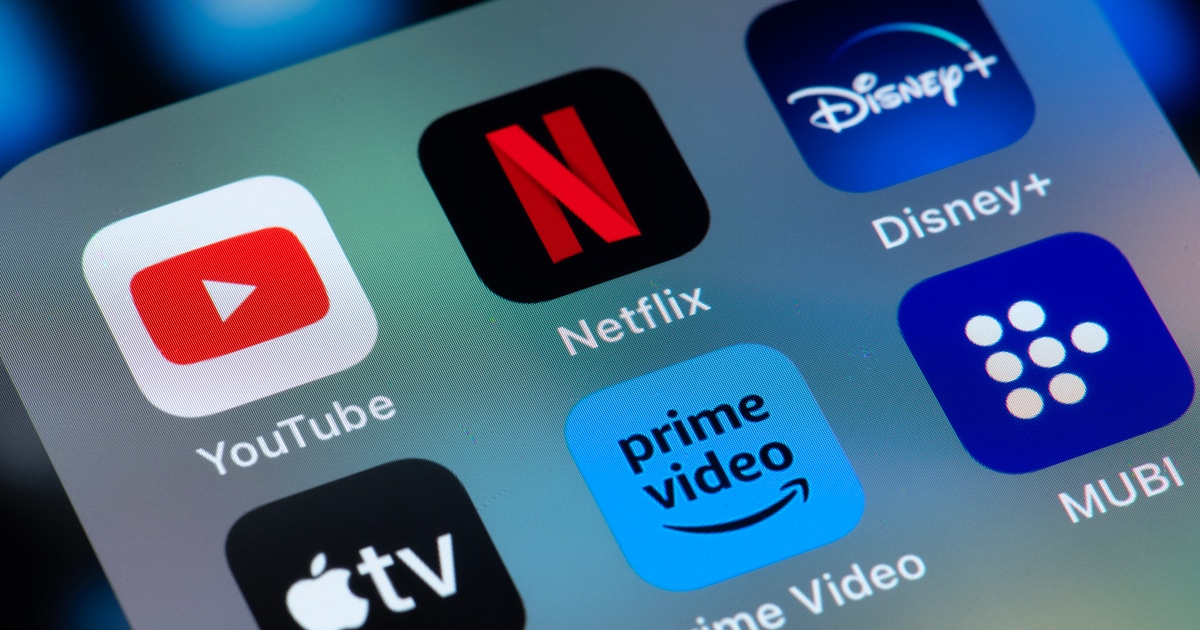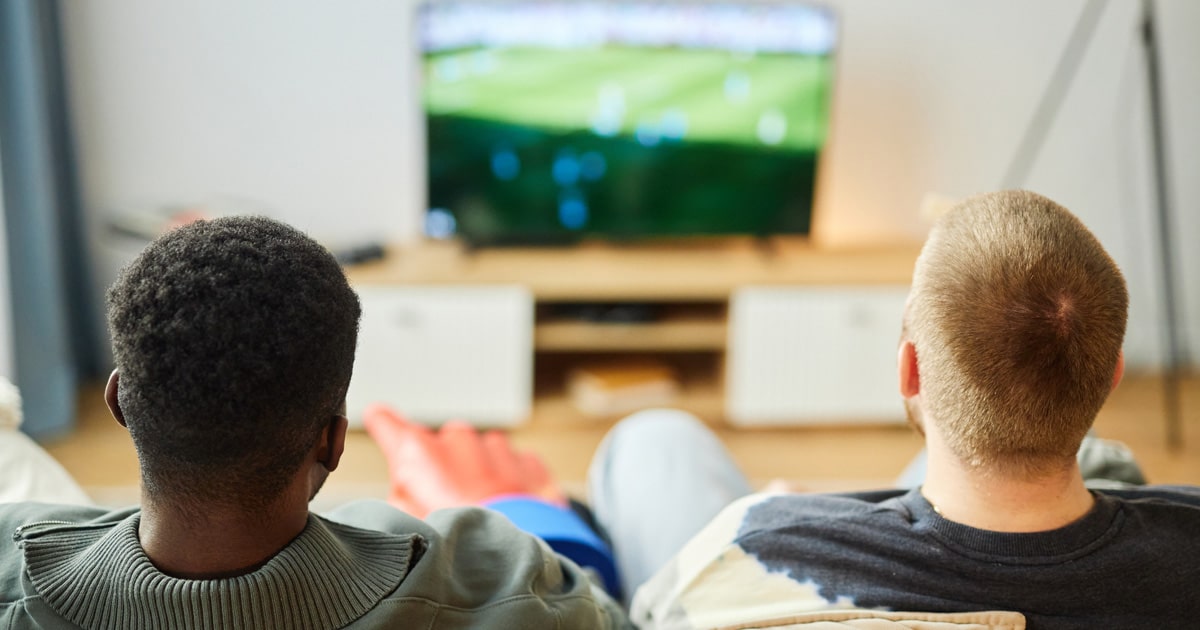It’s hard to argue that ESPN isn’t the most established name in sports media. It’s just as hard to deny…
Sports Rights, Streaming Fights, and What Sponsors Need to Know

The recent sports equinox of 2025 did not disappoint. It did, however, drive home an important point that sports consumption is significantly different today than it was when cable and broadcast TV dominated the landscape.
To watch the seven national broadcasts available for those 17 games, you would need subscriptions to three streaming services and access to four different linear TV channels. More platforms mean more rights deals.
More rights deals mean more headaches for consumers and sponsors.
One such headache that is currently in play is Disney’s dispute with YouTube TV. For those of you scoring at home, Disney is the parent company of ABC and ESPN. Disney recognizes that their sports content is valuable and wants to increase the rate YouTube pays for its channels.
Understandably, YouTube TV doesn’t want to pay more. Pricing competition for non-linear TV platforms is at an all-time high, with the consumer marketplace being far from settled. The last thing they want to do is lose Disney’s sports block; the second-to-last thing they want to do is raise prices.
How did we get here?
Carriage agreements date back to the days of cable. In my early days, cable companies charged customers for their portfolio of channels. All of them, regardless of whether you watched them or not.
Cable companies made money by charging you for being a customer and made more money by selling local advertising on these networks (you’re welcome). Satellite was different but the same.
Networks (i.e., ESPN, TNT, MTV, etc.) developed programming so they could drive value to carriers (i.e., Cox, Dish Network, Comcast) and seek higher carriage rates while balancing distribution needs for their network advertising purposes.
Nonlinear platforms essentially have picked up where cable left off.
Will I Lose My ESPN?
Well, maybe … but I doubt it. In the short term, you’ll hear or see ads for both sides. In the long run, you’ll see entities like ESPN sell their streaming services directly to the customer. For those of you wondering … yes, we’re in the long run now. In fact, this latest dispute has a deadline of October 30th … aka, today.
What Should Sponsors Do?
First off, educate yourself on what’s happening or hire someone who knows. These carriage issues, however, typically don’t impact your connected TV buy.
Non-linear buys are not like the specific network/program type buys of days gone by. That’s a dance for another song (thanks, Alison!). Your typical CTV seller has distanced itself from the programming source and a lie, er, story, to support the cost and the execution you ultimately receive.
An issue like the one with YouTube TV and ABC doesn’t derail your ad campaign. It impacts the seller’s ability to deliver the promised CPM’s, especially if they are specifically targeted to sports programming.
That doesn’t mean that you should sit by and simply let this play out. Opportunity exists as nonlinear platforms evolve to singular direct-to-consumer content providers.
What Are The Networks Up To?
Networks are going directly to the consumer. For instance, ESPN just recently launched its own direct-to-consumer platform through the ESPN app. Subscribers pay for this service, but circumvent the platforms that bring it to your screen. In other words, you don’t need YouTube TV anymore.
DTC services like this will make it easier for sponsors to buy ads. Additionally, these platforms will allow for better targeting capabilities as well as improved measurability.
Additional benefits include interactive ad formats and cross-platform consistency that eliminates the murkiness of current CTV campaigns. Streaming is moving to its promised land: contextual relevance in real time.
Networks like ESPN, CNN, and others are looking to create a programming ecosystem that retains your attention across screens. This is good for them, good for sponsors, and potentially expensive for consumers. For those of you my age, imagine choosing which cable networks you watch and paying for them individually. Then, having said network immerses you with not only video content, but real-time stats, betting platforms, polls, infographics, and other data points relevant to their programming.
First adapting sponsors will benefit from this … others will be left behind.
Rights issues may or may not become a thing of the past. The truth is that networks like ESPN own the game and the fan relationship. YouTube TV and related platforms would be wise to recognize that.
Ed has over 30 years of sports marketing experience. If you’re looking for assistance with your sports ad buy or your sponsorship efforts, contact him at ed.olsen@linedrivesportsmarketing.com or call his cell at 602.284.6722.



